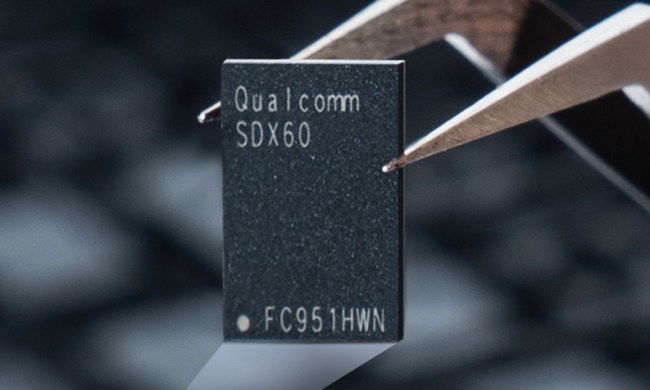
We’ve expressed our fair share of skepticism over Garmin and Asus teaming up to build cell phones together. They’re both respectable companies on their own, with a lot of strengths, but it was hard to swallow the idea that a phone built specifically around location-based services could really find a niche.
Having played with it in person, that skepticism has partly been brushed aside, but not for the reasons we suspected.
A location-based phone still seems really silly. Many of the unique features the G60 has still seem downright trivial. For instance: you can set the phone to automatically include your location as a tag on the end of e-mails, so that people receiving them can navigate to you more easily without you needing to give directions. Or you can tap on a friend’s name and tell the phone to navigate to their house without needing to copy and paste.
Cool? Yes. Must-have features? Absolutely not, and nearly any other phone should be able to duplicate them with upgraded firmware.
The real impressive part of Garmin-Asus’ G60 comes from the interface design, which reaches the same level of simplicity as Garmin’s highly intuitive GPS units, and the sheer speed of the device, which seems derived from Asus’ own knack for performance hardware.
Flipping through menus on the G60 is actuallly downright snappy thanks to its lean Linux-based OS. It felt more fluid than the iPhone, and even modern non-smartphone handsets with stripped down, specialized operating systems. And the interface has Garmin written all over it: massive, colorful buttons, clean typefaces, and a menu structure that actually makes a lot of sense. Even the touch-screen keyboard felt responsive and accurate.
So if first impressions count for anything, Garmin might need even need to lure us in with location-based frivolty. We might just end up liking the G60 because it’s a damn cool phone.



